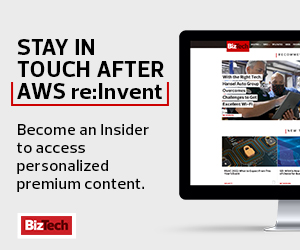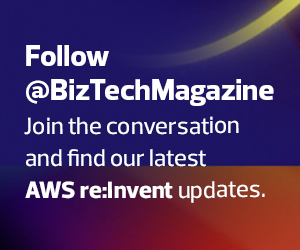Undertaking the Energy Transition in the Cloud
Gefen convened a panel discussion titled “Innovation and Reinvention Across the Energy Value Chain,” which included Bonnie Titone, senior vice president and CIO of Duke Energy.
Titone offered her thoughts on the transition to clean energy and how the cloud can play a part in that shift. “We have to continue to optimize. We have to continue to look for ways to deliver the service on the back end from an operations perspective more efficiently and effectively as we’re going through the clean energy journey.”
Titone said renewable sources of energy, such as solar and battery-stored energy, are more costly than energy derived from traditional sources such as coal, natural gas and nuclear. “At the end of the day, you have to look for how to do the work more efficiently and effectively. I think that’s the piece that the cloud brings to the table that we don’t have in a traditional sense in a brick-and-mortar data center.”
DIVE DEEPER: Find out how IoT adoption is changing the future of energy management.
Migrating to the Cloud Improves Efficiency for Utilities
Rick Snell, manager of digital foundations and enterprise architecture at Phillips 66, joined the conversation to share some of the benefits his company has reaped through cloud adoption. “We were able to erase the technical debt we had since the split in 2012,” he said. “Moving into the cloud, we were able to really erase that technical debt, especially in the telecom space with our call centers and the compute platform.”
Rudy Pawul, vice president of information and cybersecurity services at ISO New England, agreed that the cloud allows an organization to eliminate technical debt, referring to it as the “little gerbil wheel” of any organization’s IT environment. “Every three to five years, you’re rebuying compute, you’re rebuying storage, going through a huge upgrade project, and then it restarts the timeline to happen again.”
Pawul said one of the goals for ISO New England in moving to a cloud-first environment was to break that cycle. “If you are doing infrastructure as code, you can secure it once, you can verify it once, configure it once, and then profit again and again,” he said.














